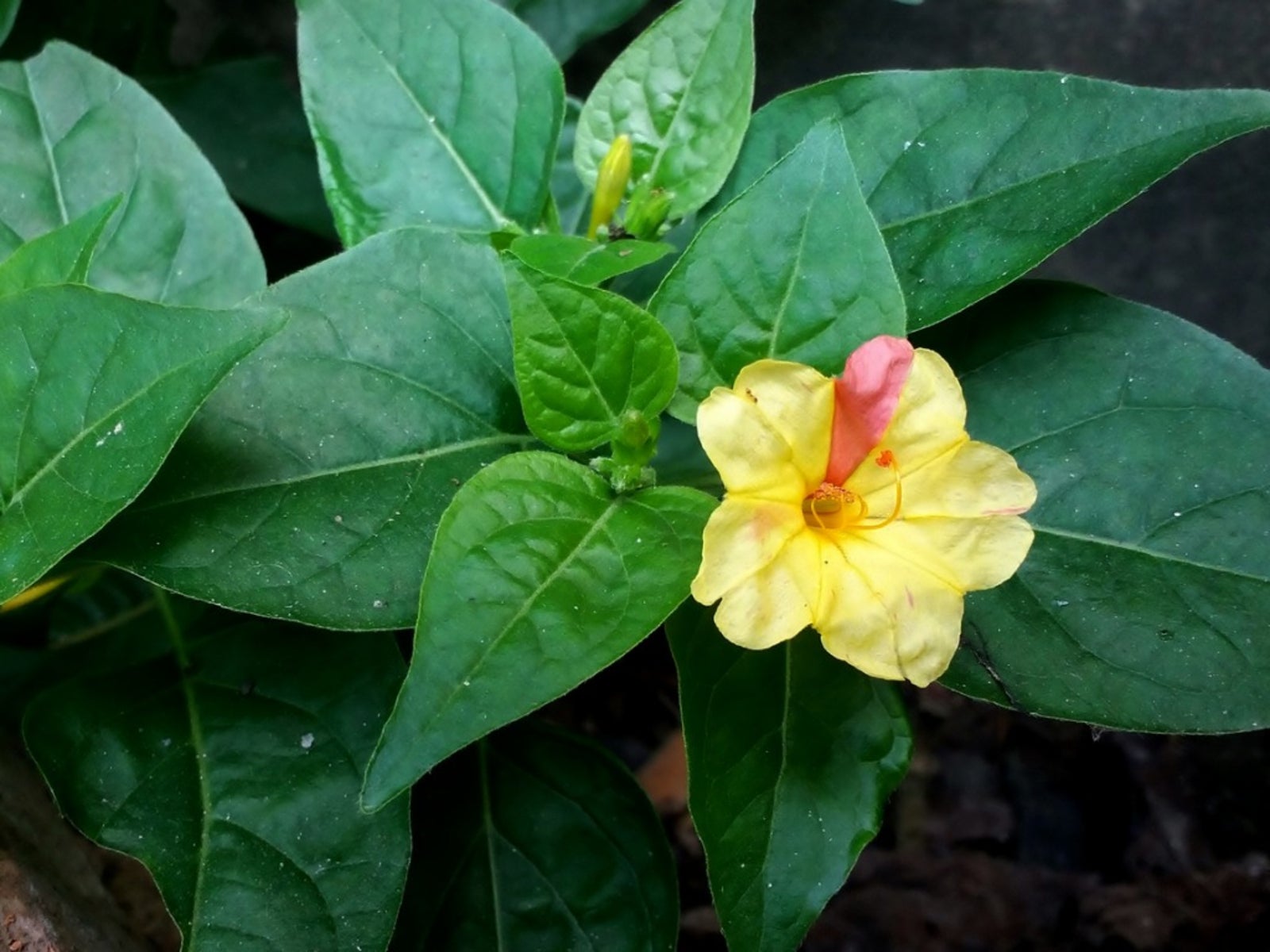Tips And Information About Growing Four O'clock Plants


Four o'clock flowers grow and bloom abundantly in the summer garden. Blooms open in the late afternoon and evening, hence the common name "four o'clocks." Highly fragrant in a range of colors, the four o'clock plant sports attractive flowers that attract butterflies, bees, and hummingbirds.
Four O'clock Flowers
Four o'clock flowers, Mirabilis jalapa, were originally found in the Andes Mountains of South America. The Mirabilis part of the Latin name means "wonderful" and is an accurate description of the hardy four o'clock plant. Grow four o'clocks in poor to average soil for the most abundant production of four o'clock flowers. Many varieties of the flower exist, including some that are native to the United States. Native Americans grew the plant for medicinal properties. Mirabilis multiflora is called the Colorado four o'clock. By now you may wonder what four o'clock flowers look like. They are tubular-shaped blooms in colors of white, pink, purple, red, and yellow that grow on erect to trailing green stems. Different flower colors can appear on a single stem in some varieties. Bi-color flowers are common, such as a white flower with red markings on the throat.
How to Grow Four O'clocks
It is easy to grow four o'clocks in the garden or natural area. Four o'clock flowers grow from seeds or division of the roots. Once planted, collect four o'clock's hard, black seeds for planting in other areas. Four o'clocks flourish in a full sun to part sun area and are best planted where you can enjoy the heady fragrance. It is helpful to soak or nick the seed coat before planting. A low maintenance bloom, this reliable flower needs only occasional watering and is somewhat drought resistant. If seeds are not collected when they form near the end of the bloom season, expect numerous four o'clocks to sprout next summer. These can be removed if coming up too thickly or in an unwanted area. Plants can be limited by growing in containers, where they will often take a cascading form. This herbaceous perennial dies back to the ground after frost to again return in late spring when soil temperatures have warmed. Add the wonderful four o'clock to your garden for fragrance and bountiful evening blooms.
Sign up for the Gardening Know How newsletter today and receive a free copy of our e-book "How to Grow Delicious Tomatoes".

Becca Badgett was a regular contributor to Gardening Know How for ten years. Co-author of the book How to Grow an EMERGENCY Garden, Becca specializes in succulent and cactus gardening.